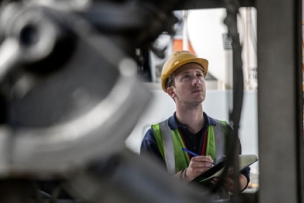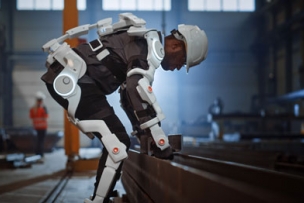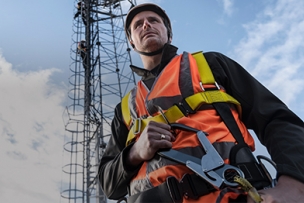When employees are working high above the ground, a single misstep can be a life-or-death situation.
That risk is one of the reasons that fall protection rules figure prominently in the Occupational Safety and Health Administration’s annual top 10 list of safety violations, meant to spur employers to correct recurring problems.
Fall-related injuries, in fact, dominate the national tally of nonfatal emergency room visits, representing 35 percent of preventable injuries in the U.S., according to the National Safety Council’s Injury Facts website.
Adequate training and taking sufficient measures to prevent falls are key to preventing such accidents on the job.
“Passive” approaches to fall protection, which don’t require effort from workers, include guardrail systems, safety nets and edge protection.






Talk to Us!
Hi Roland,
First of all, thank you for sharing these amazing steps for full body safety harness, i personally was going to put together an article on this for our website, I was researching about it and look, here I am. :)
And I must say, the things you've put amongst all via this article are way more than of I was going to try, like the infographic that you have used in it.. it is way beyond what i was trying to do.
Definitely my colleagues as well as others will reach out to this article.
133Leave a reply
Your email address will not be published. Required fields are marked *